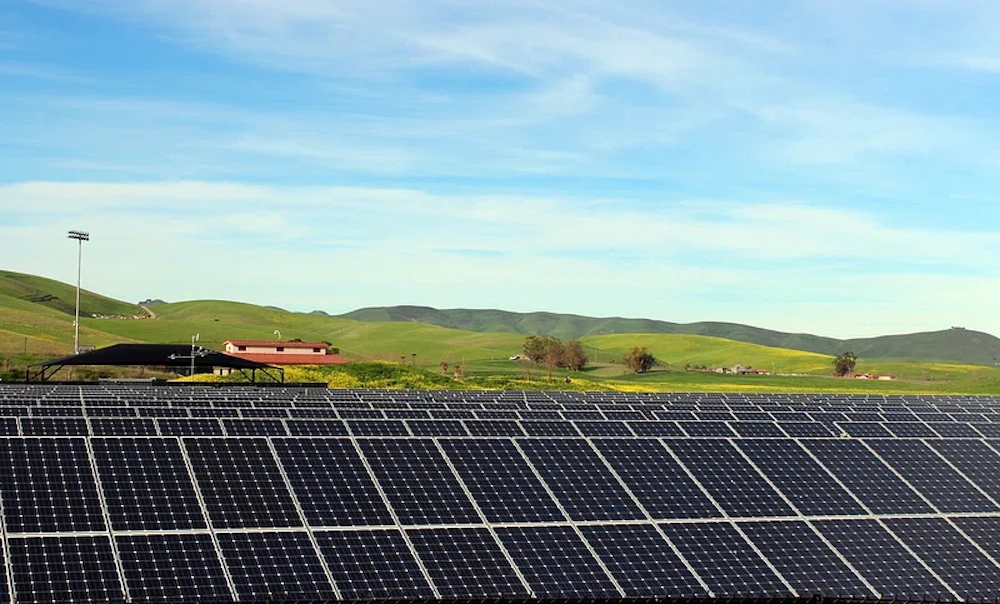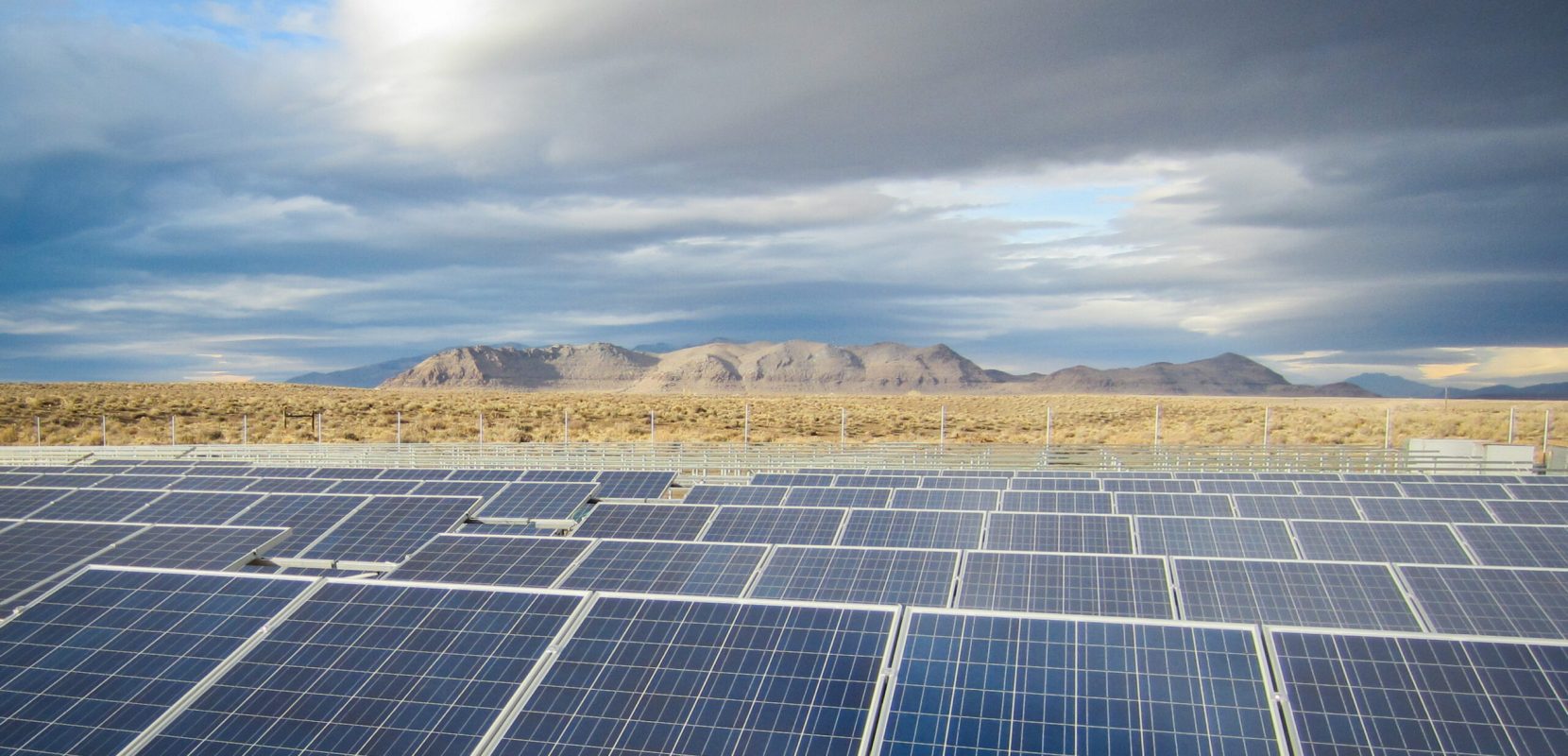The evolution of renewable resources, particularly solar , stands at the forefront of our journey towards a sustainable future. Harnessing the power of the sun, our very own celestial provider of energy, has become increasingly pivotal in the global transition towards cleaner, more environmentally friendly power sources.
The Solar System’s Abundant Gift
At the heart of this movement lies our solar system – an astronomical marvel comprising a star, the Sun, and an ensemble of planets, including our own Earth. The Sun’s radiant energy showers our planet daily, offering an unparalleled abundance of clean, renewable energy.
The Promise of Solar Energy
Solar power stands as a beacon of hope in the renewable energy landscape. Photovoltaic (PV) technology, utilizing solar panels, converts sunlight directly into electricity. This process produces no greenhouse gases, offers a near-limitless supply of energy, and significantly reduces our dependence on finite fossil fuels.
Beyond Solar: Diverse Renewable Resources
However, the solar system doesn’t limit us to just one form of renewable energy. Embracing sustainability involves tapping into a spectrum of renewable resources:
Wind Energy
Harnessing the power of wind through turbines continues to expand as a viable source of electricity generation. Wind farms, located both onshore and offshore, capitalize on natural wind patterns to produce clean energy.
Hydroelectric Power
Rivers and dams play a crucial role in generating electricity through hydroelectric power. The force of flowing water turns turbines, converting kinetic energy into electrical power without emissions.
Biomass and Bioenergy
Utilizing organic materials such as agricultural residues, forest waste, and even certain crops, biomass energy production offers a renewable alternative to fossil fuels.
Geothermal Energy
Leveraging the Earth’s internal heat, geothermal energy taps into steam or hot water reservoirs beneath the surface to generate electricity or provide heating.
Advantages and Challenges
Renewable resources present numerous advantages, including reduced greenhouse gas emissions, energy independence, and job creation in the clean energy sector. However, challenges such as intermittency, storage limitations, and initial infrastructure costs persist and require innovative solutions.
The Road Ahead: Innovation and Integration
The integration of these diverse renewable resources into a comprehensive energy portfolio holds the key to a sustainable future. Technological advancements, coupled with strategic infrastructure development and supportive policies, pave the way for a smoother transition to renewable energy systems.
Embracing Sustainability: A Collective Responsibility
The pursuit of a sustainable future rests not only on technological advancements but also on individual and collective actions. From embracing energy-efficient practices in our daily lives to supporting policies that promote renewable energy adoption, every action contributes to a greener tomorrow.
Conclusion: A Brighter Tomorrow Powered by Renewables
The solar system, with its bountiful energy offerings and a myriad of renewable resources at our disposal, presents a pathway towards a more sustainable future. As we harness the power of the sun and explore the diverse landscape of renewables, we edge closer to a world powered by clean, abundant, and environmentally conscious energy sources.
Through collective efforts, innovative solutions, and a shared commitment to sustainability, we pave the way for generations to thrive in a world where the brilliance of our solar system fuels a brighter, greener tomorrow.


